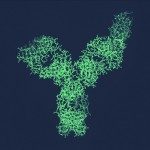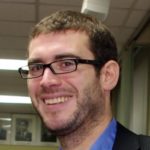Link to Pubmed [PMID] – 12071653
SAR QSAR Environ Res 2002 Mar;13(2):243-60
Experiments show that the natural substances phenylpropanoid glycosides (PPGs) extracted from pelicularis spicata are capable of repairing DNA damaged by oxygen radicals. Based on kinetic measurements and experiments on tumor cells, a theoretical study of the interaction between PPG molecules and isolated DNA bases, as well as a DNA fragment has been performed. An interaction mechanism reported early has been refined. The docking calculations performed using junction minimization of nucleic acids (JUMNA) software showed that the PPG molecules can be docked into the minor groove of DNA and form complexes with the geometry suitable for an electron transfer between guanine radical and the ligand. Such complexes can be formed without major distortions of DNA structure and are further stabilized by the interaction with the rhamnosyl side-groups.

